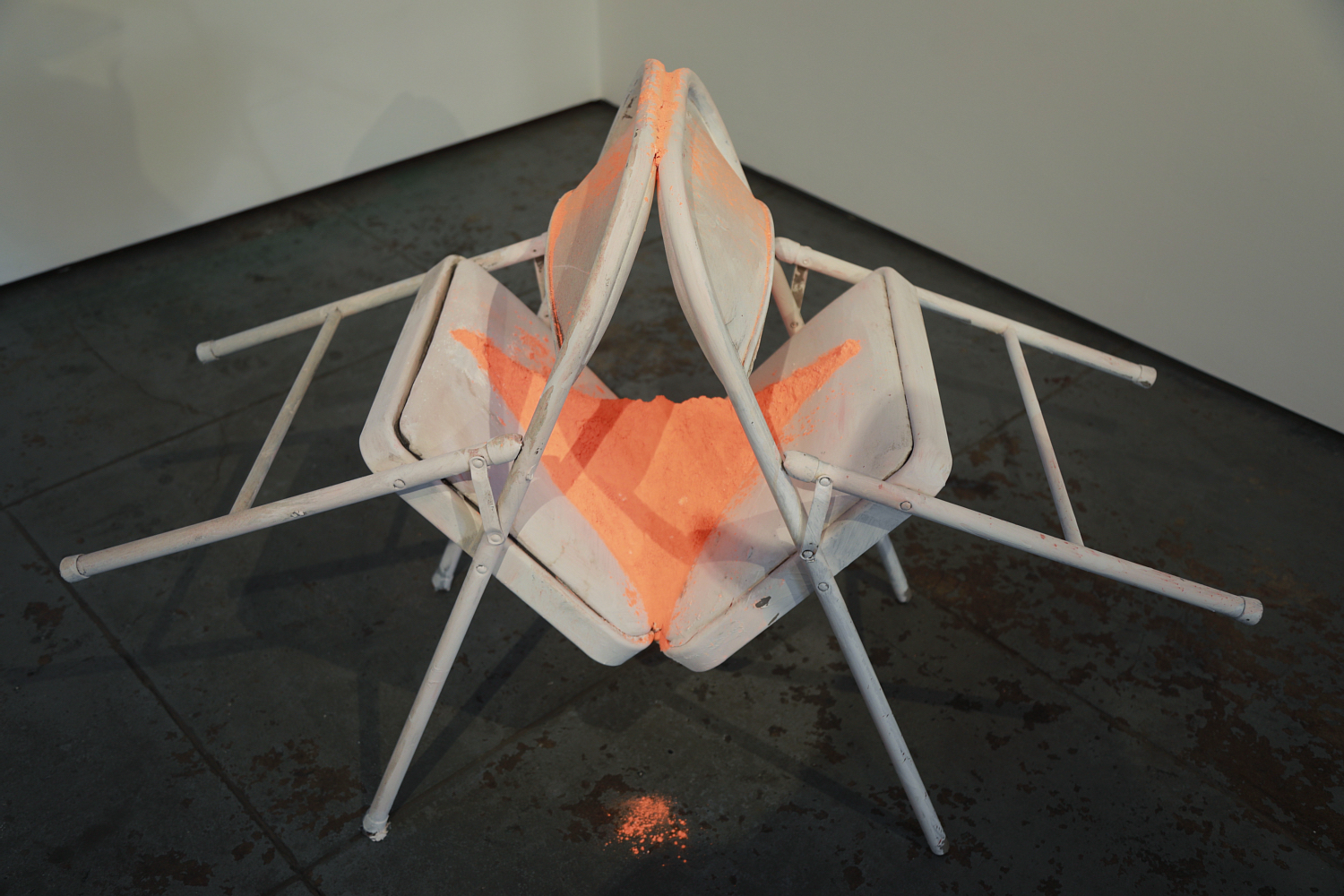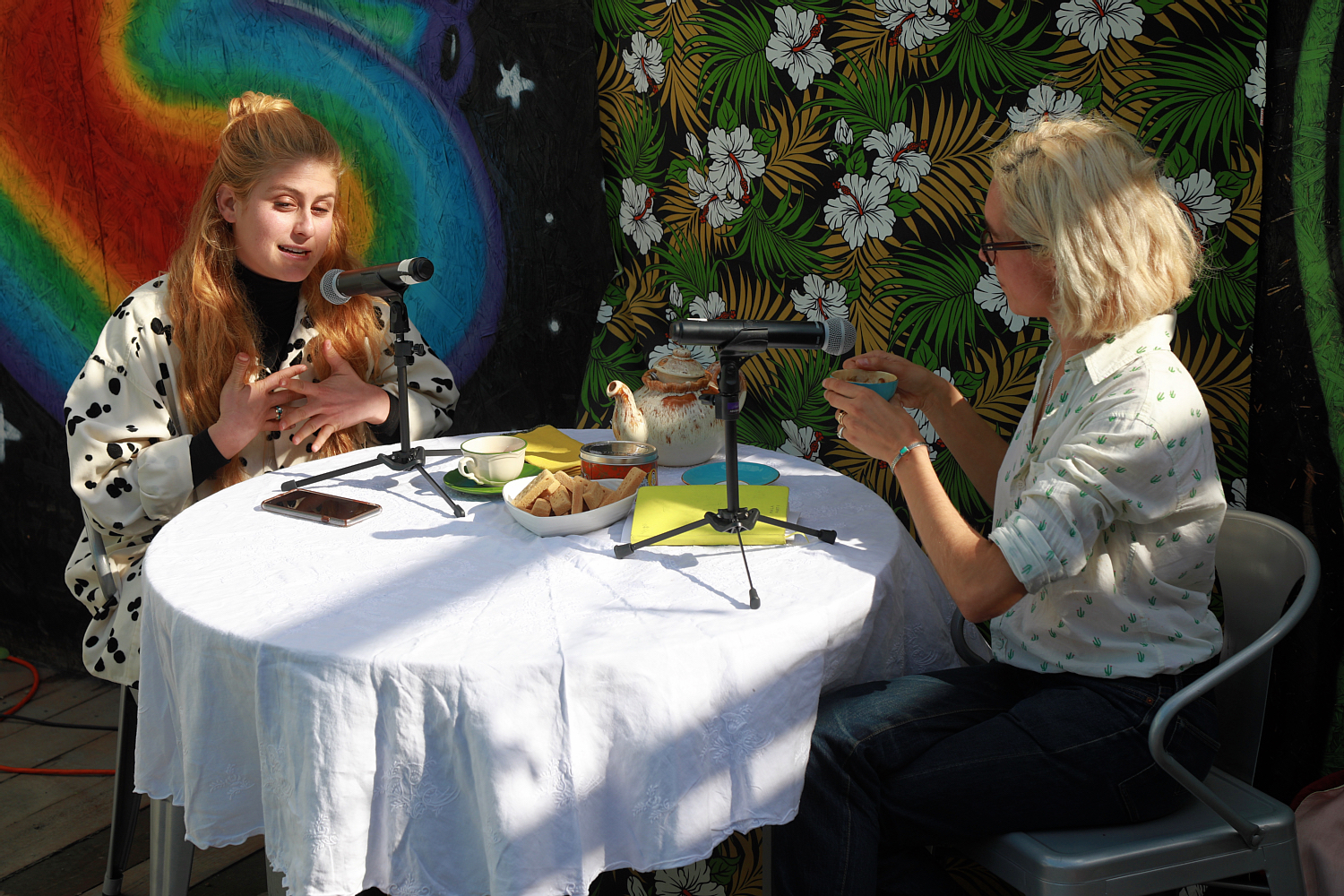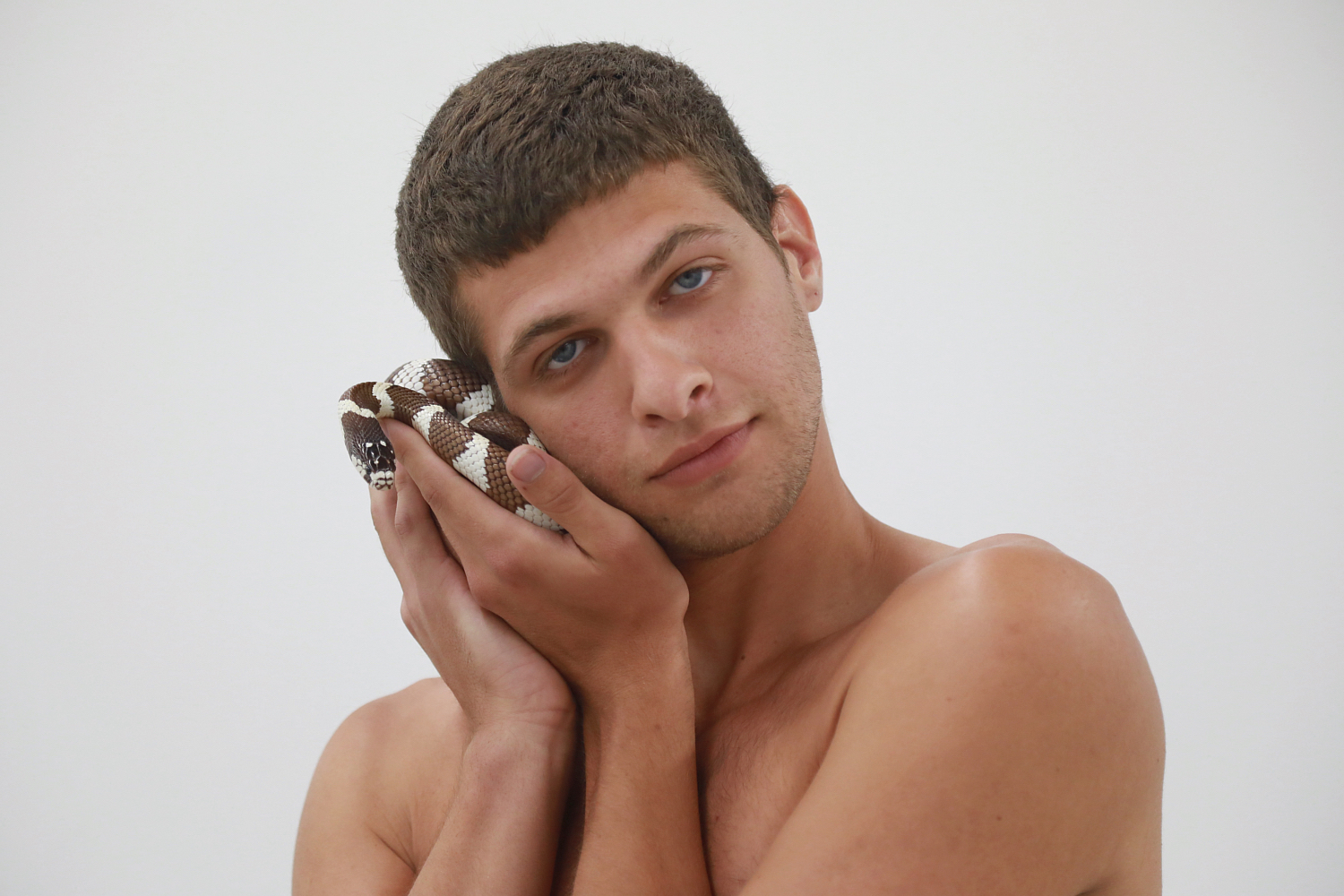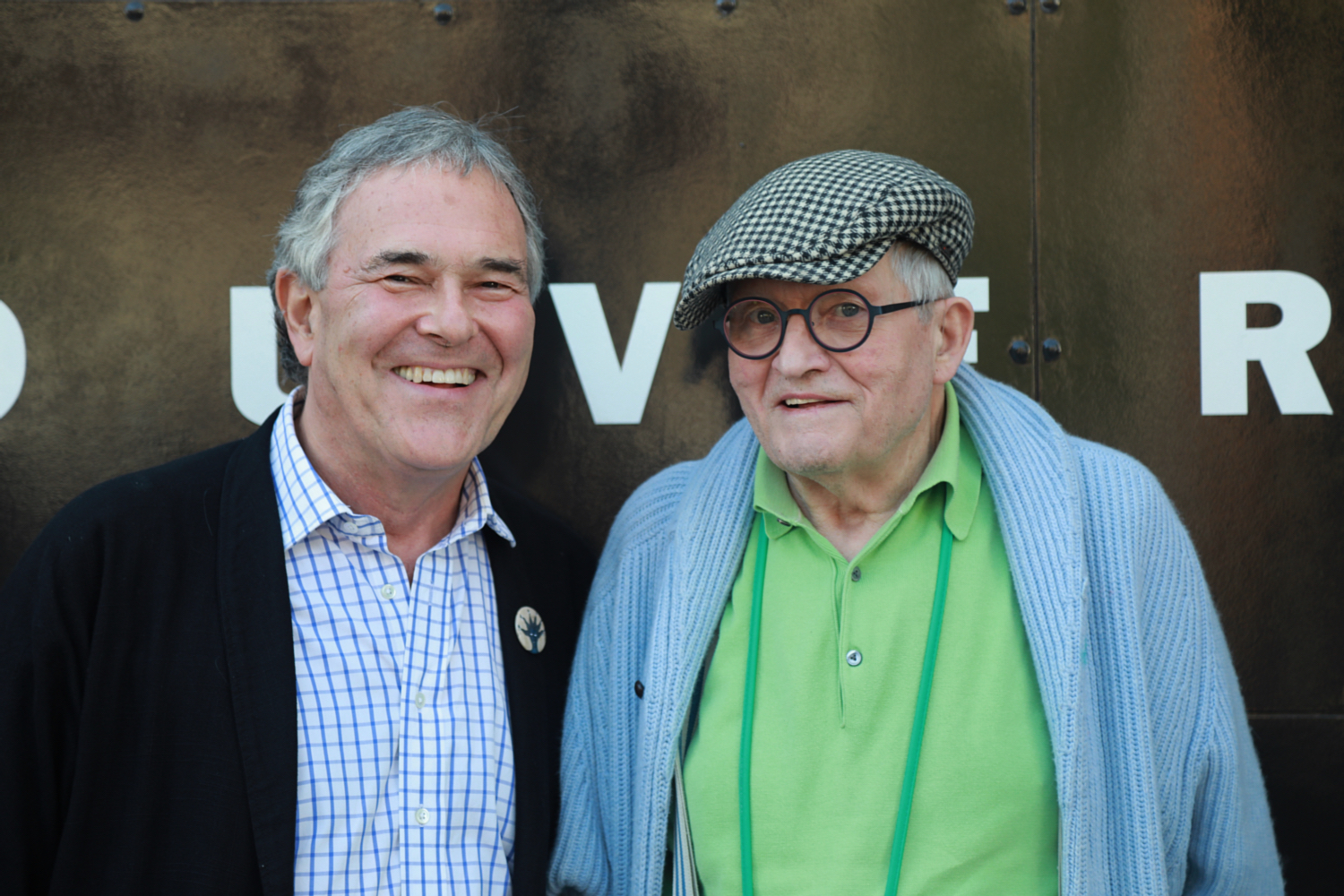“Wilding Cran Gallery is pleased to present The Good Part, a mixed-media installation by Jeremy Everett. Acting as interventions, the various works on view offer notions of tension, movement, resistance, and corruption. The title of show comes from the sculpture that is comprised of two generic folding chairs positioned face-toface, leaning into each other to create a V-shape with the seats of the chairs. He places a mound of bright orange pigment in the V-shaped space between the chairs, the weight of the pigment balances the objects. The delicate position of the chairs and pigment offers a heightened sense of fragility surrounding the object as contact with the piece could potentially unbalance the scale. About Jeremy Everett Jeremy Everett currently lives and works between Los Angeles and Paris. He has presented solo exhibitions globally at Edouard Malingue Gallery, Hong Kong; Untitled Art Fair, Miami; Wilding Cran Gallery, Los Angeles; Andrew Edlin Gallery, New York; and OFR Galerie, Paris. His work has been included in group exhibitions at Rivington Arms, New York; Petzel Gallery, New York; Kristin Hjellegjerde, London; Granpalazzo, Rome; Sotheby’s, San Francisco; Hooper Projects, Los Angeles; ltd., Los Angeles, and Olga Korper Gallery, Toronto.”







Recent Comments